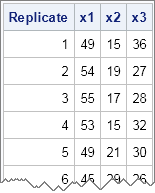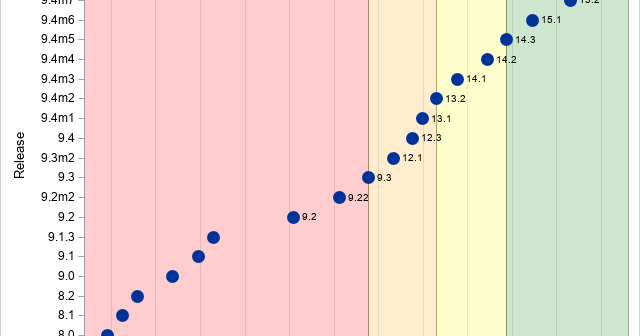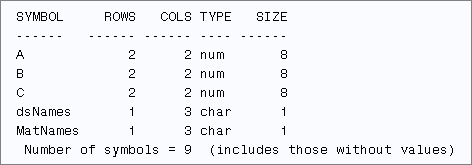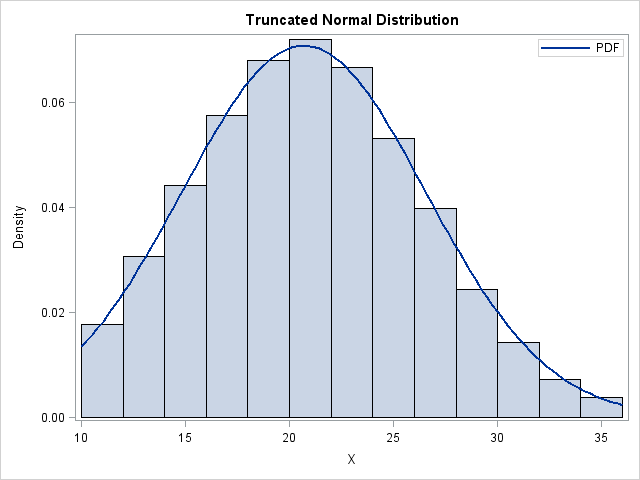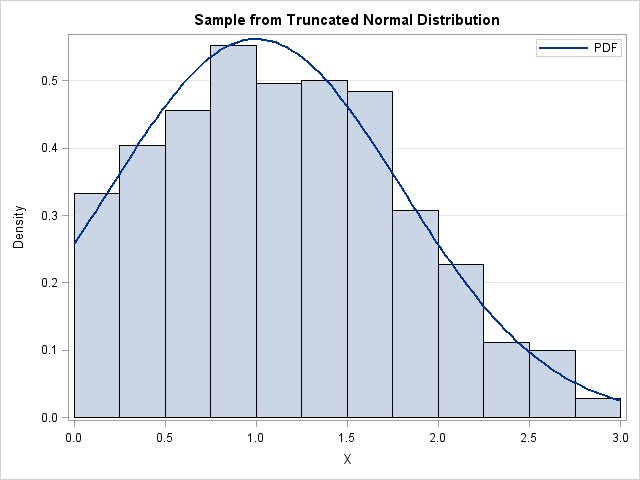
Even the best programmers make mistakes. For most errors, SAS software displays the nature and location of the error, returns control to the programmer, and awaits further instructions. However, there are a handful of insidious errors that cause SAS to think that a statement or program is not finished. For




